Optimal Timing for Siding Service
Understanding the optimal timing for siding service can enhance the durability and appearance of siding installations or repairs. The right season allows for better working conditions, effective material application, and longer-lasting results.
Spring offers moderate temperatures ideal for siding work. It reduces the risk of weather-related delays and allows for thorough inspections before summer.
Summer provides longer daylight hours and warm weather, facilitating faster project completion. However, extreme heat can sometimes affect adhesive and paint applications.
Fall is suitable for siding projects due to cooler temperatures and low humidity, which help in proper curing and adhesion.
Winter may pose challenges such as cold weather and snow, which can hinder installation and affect material performance. It is generally less ideal unless performed in controlled environments.
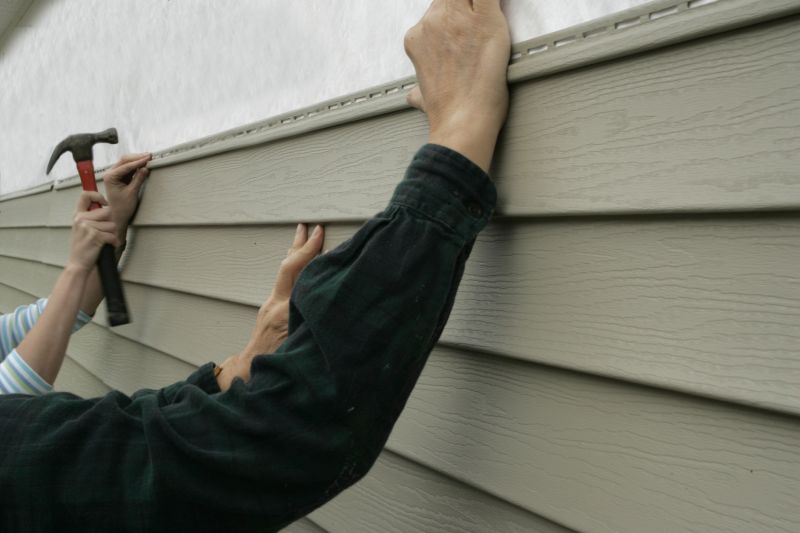
Spring offers optimal conditions for siding installation, ensuring quality results.
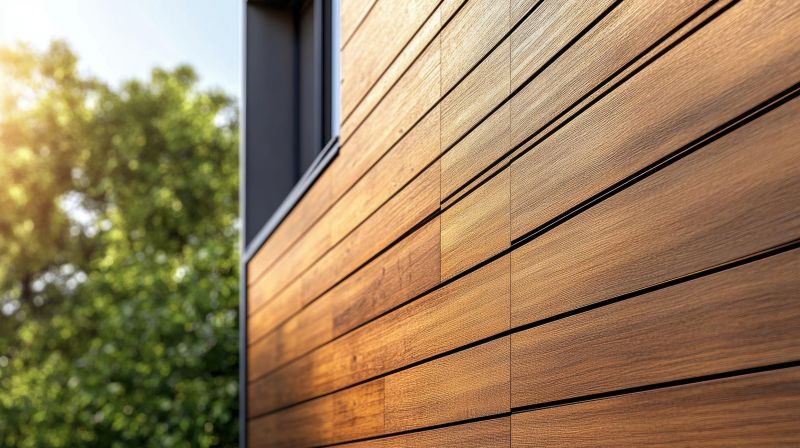
Summer's warm weather supports efficient siding work with longer days.
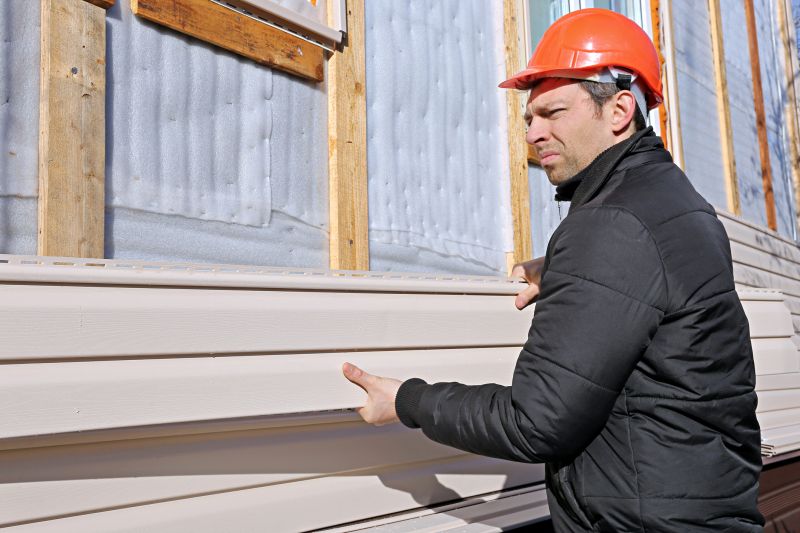
Fall provides cooler, dry weather ideal for siding repairs and installation.
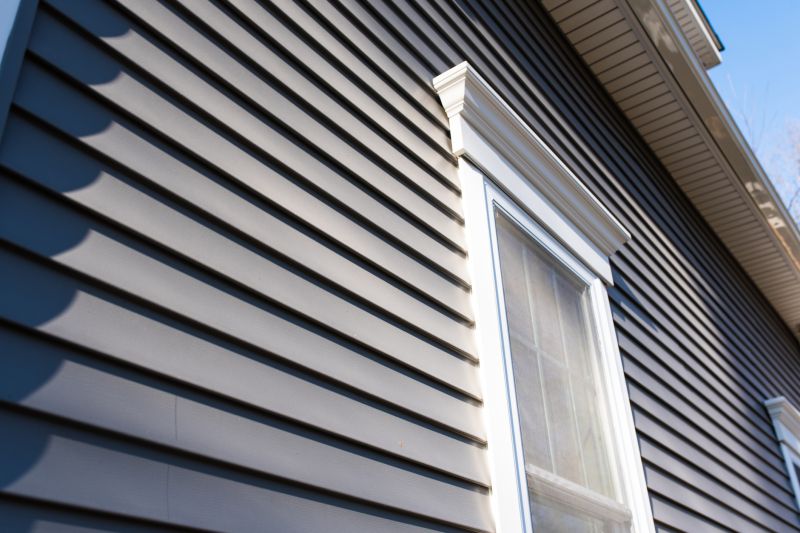
Ways to make Siding Service work in tight or awkward layouts.
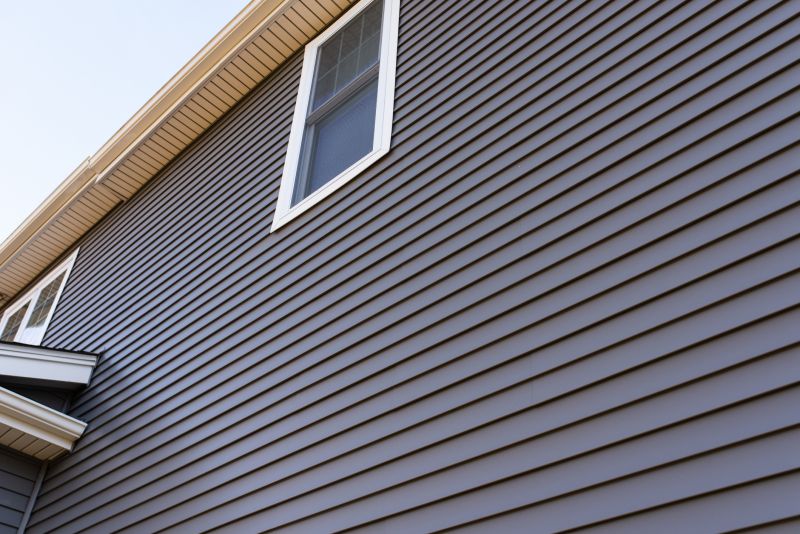
Popular materials for Siding Service and why they hold up over time.
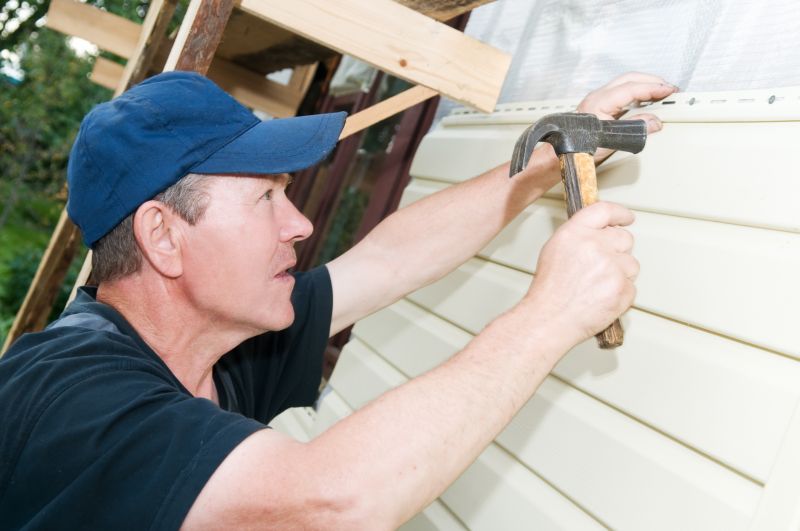
Simple add-ons that improve Siding Service without blowing the budget.
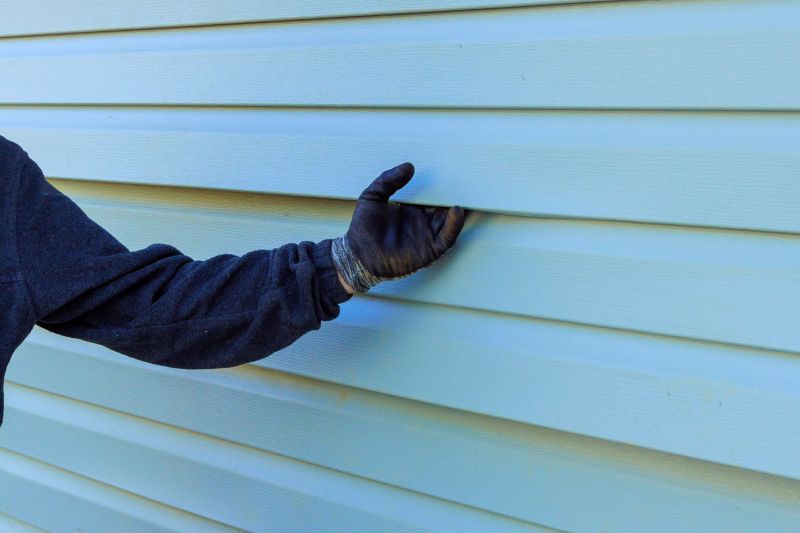
High-end options that actually feel worth it for Siding Service.

Finishes and colors that play nicely with Siding Service.
| Season | Best For |
|---|---|
| Spring | Moderate temperatures, ideal for installation and inspection |
| Summer | Longer days, faster project completion |
| Fall | Cool, dry weather suitable for repairs |
| Winter | Less ideal, possible weather delays |
Siding service involves the installation, repair, and replacement of exterior siding materials to protect and enhance the appearance of buildings. Proper timing ensures that siding is installed under conditions that promote adhesion and longevity. Seasonal factors such as temperature, humidity, and weather conditions directly impact the quality of siding work. For example, extreme cold can cause materials to become brittle, while excessive heat may affect adhesives and paint finishes.
Statistics indicate that scheduling siding projects during favorable weather conditions can extend the lifespan of siding by reducing the risk of warping, cracking, and moisture infiltration. Planning around seasonal weather patterns can also minimize project delays and reduce costs associated with weather-related issues.

Spring's mild weather supports effective siding installation.
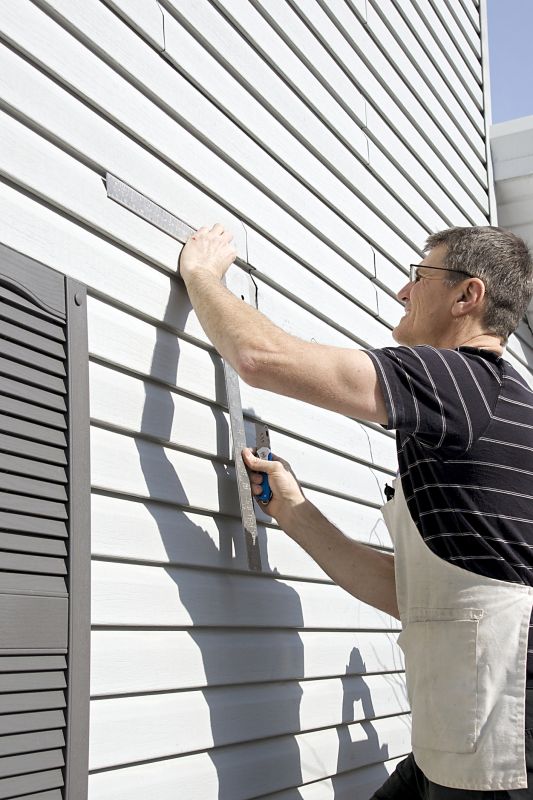
Warm temperatures aid in quick and efficient siding repairs.

Cool, dry conditions are ideal for finishing siding projects.
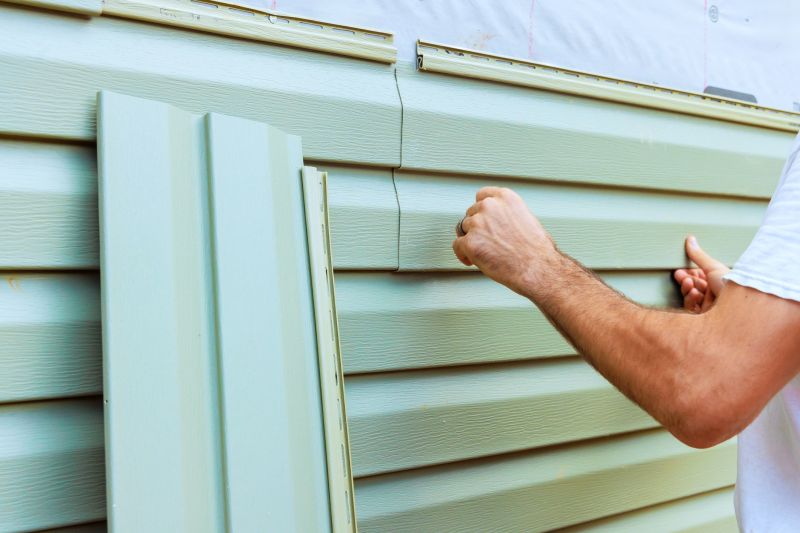
A frequent mistake in Siding Service and how to dodge it.
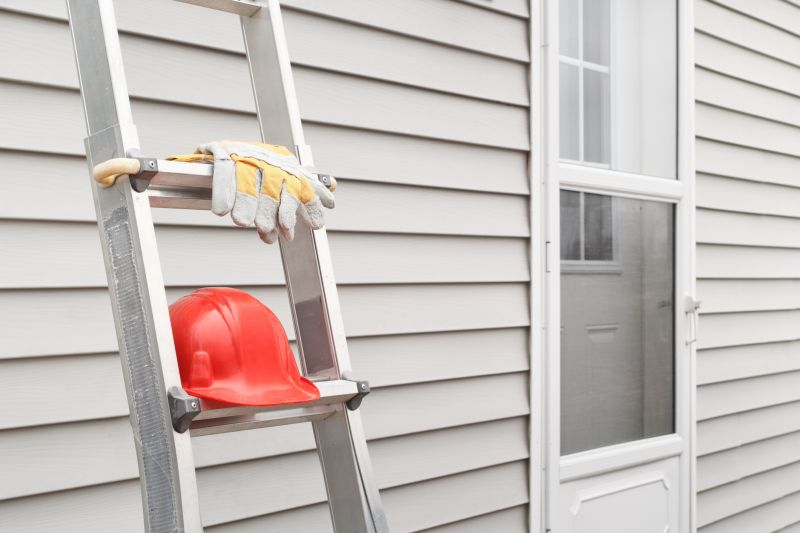
Small tweaks to make Siding Service safer and easier to use.
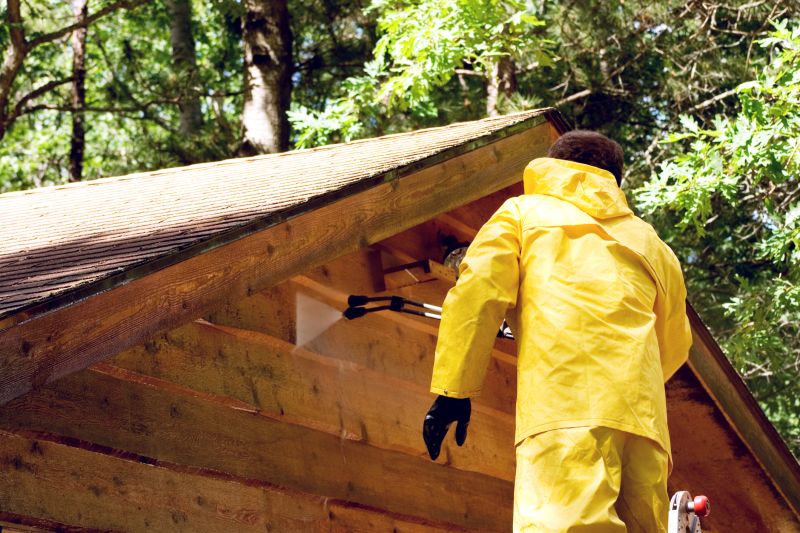
Lower-waste or water-saving choices for Siding Service.
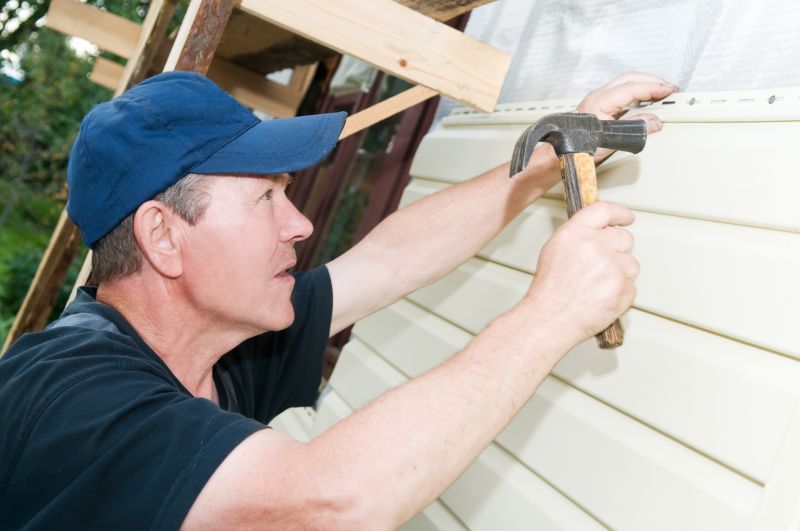
Proper timing ensures durable siding performance.
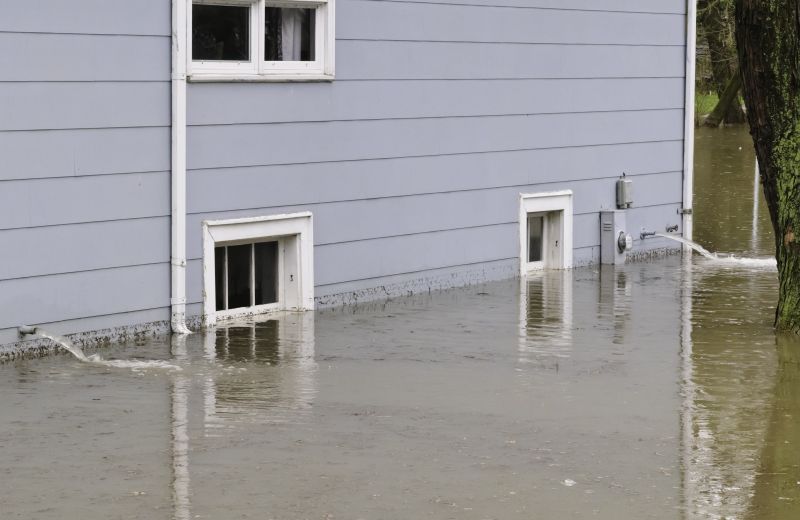
Weather conditions influence siding project outcomes.

Scheduling based on seasons optimizes results.
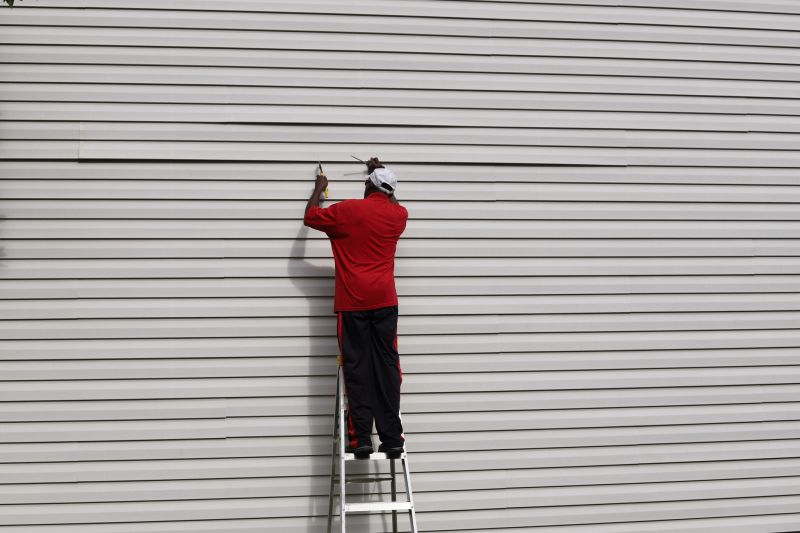
Timing can extend siding lifespan and reduce repairs.
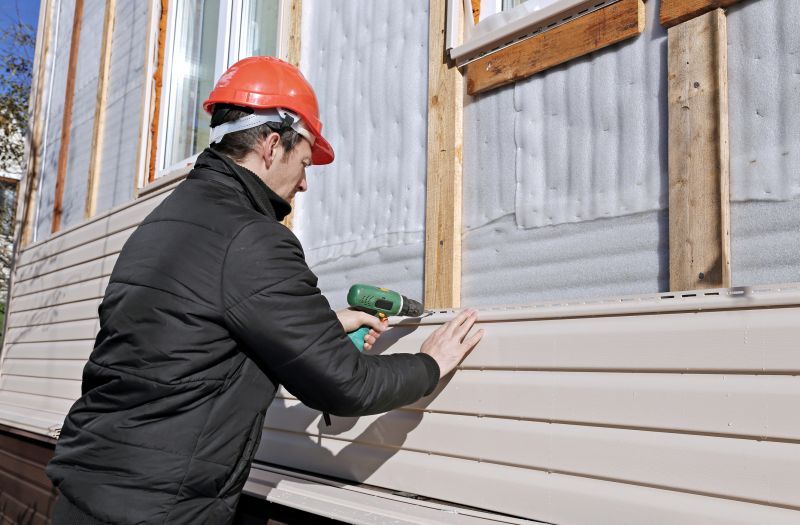
The short, realistic tool list for quality Siding Service.
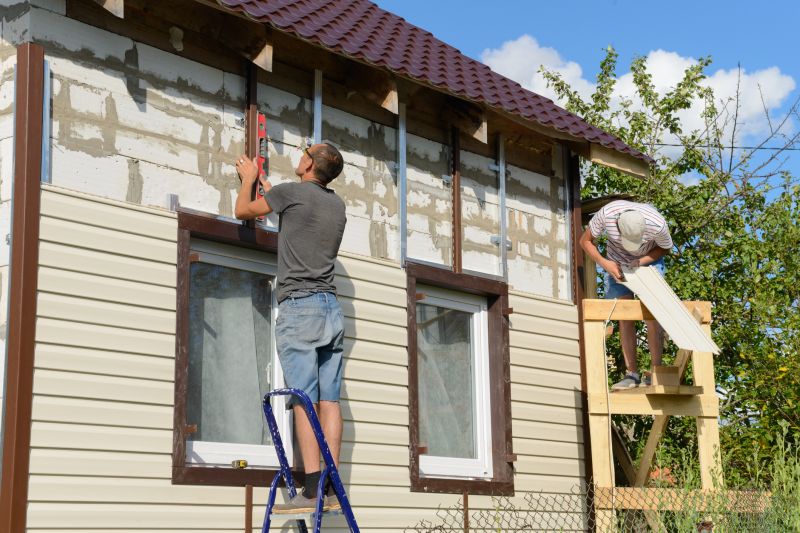
Rough timing from prep to clean-up for Siding Service.
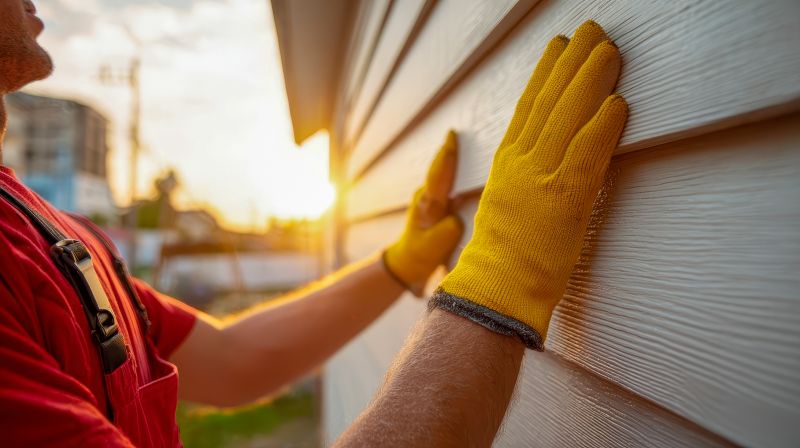
Quick checks and paperwork to keep after Siding Service.
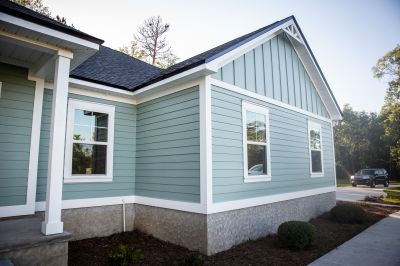
Examples that show the impact a good Siding Service can make.
Interested in scheduling siding service at the optimal time? Filling out the contact form can help coordinate your project during the most suitable season for quality results and long-term durability.


